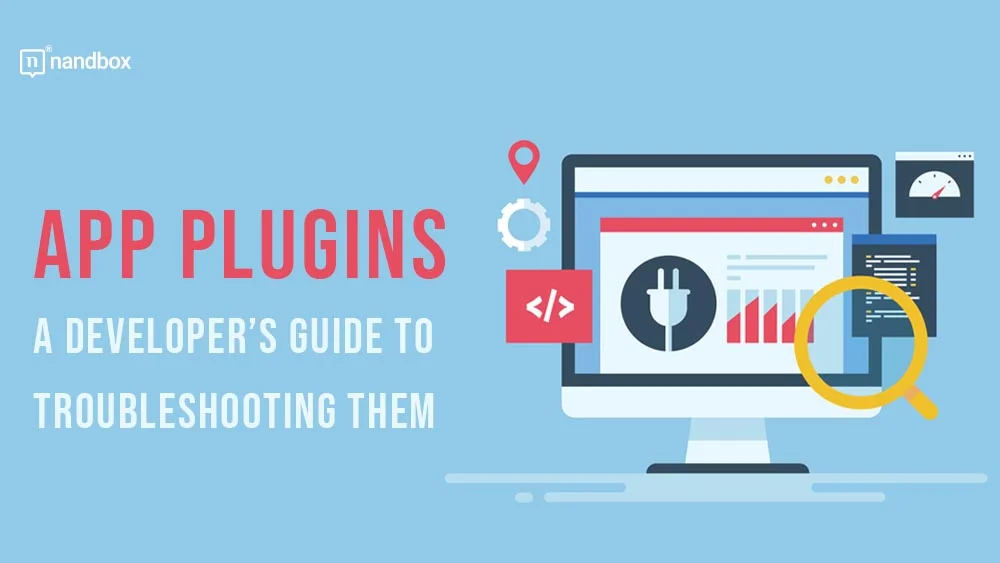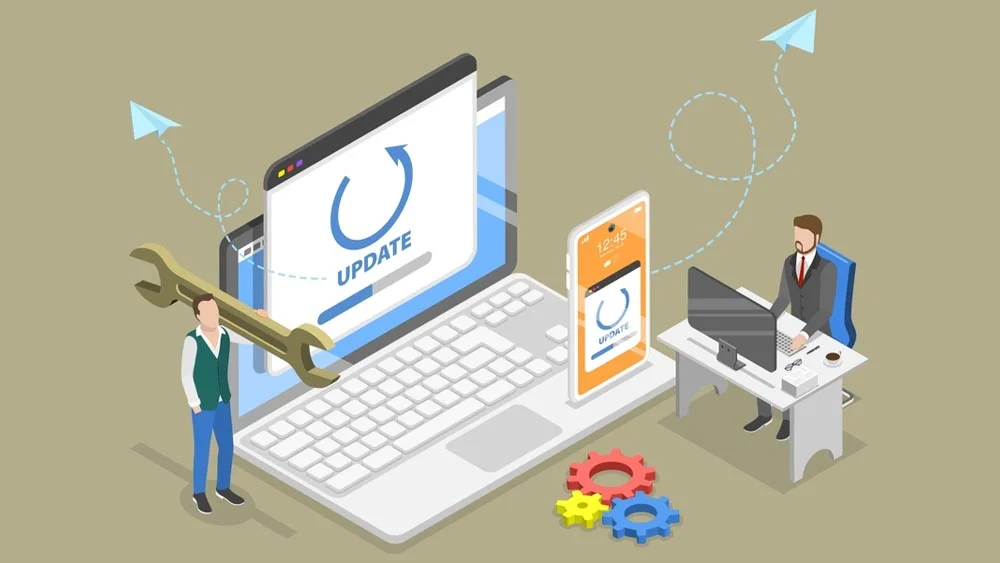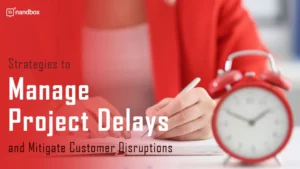App Plugins: A Developer’s Guide to Troubleshooting Them in App Development
When developing mobile applications, plugins are a typical type of technology that is used to improve functionality and add new features. On the other hand, they can occasionally produce problems and slow down the process of development. In this guide, we will discuss the most typical issues that app developers run into while working with plugins and offer step-by-step troubleshooting advice to assist you in overcoming these obstacles and ensuring that app development goes off without a hitch. Read more to understand app plugins and get to know their troubleshooting process.
What Is an App Plugin? A Quick Overview
Plug-ins are a type of add-on that can be added to an app or website that already exists to extend the functionality of the app or website by utilizing the code of the program. In a nutshell, it adds a new capability or function by working on top of an application or within the host software itself. They are pre-made modules that may be inserted into a program in order to improve its functionality. To effectively troubleshoot plugins, it’s crucial to understand their structure and how they interact with the main application. Familiarize yourself with the plugin’s documentation and any specific requirements or dependencies it may have. This will help you identify potential issues and determine the best troubleshooting approach.
Additionally, it’s important to keep track of the plugins you are using in your app and regularly update them to the latest versions. Plugin developers often release updates to fix bugs and improve compatibility with the latest software versions. By staying up-to-date with plugin updates, you can minimize the risk of encountering issues and ensure a smoother development process.
Overall, having a strong foundation in the basics of plugins will set you up for success when troubleshooting any issues that may arise during app development.
Identify the Problematic Plugin
The first thing to do when troubleshooting issues with plugins in the creation of an app is to locate the plugin in question. One way to do this is to methodically turn off each plugin one at a time, and then test the application once they are all off. If turning off one or more plugins solves the issue, it is highly likely that one of those plugins was the root of the problem.
Checking error logs or using debugging tools is yet another method for determining which plugin is causing the issue. These tools have the potential to provide useful information regarding any mistakes or conflicts that may be occurring as a result of a particular plugin.
It is essential that you take into account any recent alterations or updates that were implemented into the program’s plugins or the application itself. When certain plugins or components are not compatible with one another or with the most recent software versions, there is a possibility that conflicts will occur. If you are able to correctly identify the faulty plugin, you will be able to concentrate your troubleshooting efforts on that particular area and arrive at a solution in a more timely manner.
Check for Compatibility Issues
Compatibility difficulties are a frequent contributor to problems with plugins in application development. There is a possibility that several plugins are not compatible with one another or with the most recent software versions, which can result in incompatibilities and issues. Make sure that all of your plugins are both up-to-date and compatible with the version of the program that you are utilizing so that you can check for any compatibility issues.
You can also check the plugin’s documentation or support forums to learn whether or not there are any known compatibility issues. If you discover that a certain plugin is generating compatibility issues, you may need to search for other plugins or get in touch with the plugin creator to request assistance.
Update the Plugin and App Versions
When it comes to fixing problems with plugins in app development, one of the first things to check is whether or not both the plugin and the app have the most recent updates. Using outdated plugins or the application itself is a common cause of compatibility and error issues.
Check to see if there are any available updates for both the plugin and the app, and install them if you find that you need to. This can be useful in resolving any compatibility issues and ensuring that the plugin is operating as intended. Updating the app and plugin versions can also provide access to new features and bug patches, which may help resolve any issues that you are now having.
Disable and Re-enable Plugins
If you are developing an app and are having problems with a specific plugin, one of the first troubleshooting steps you may take is to disable and then re-enable the plugin. This is one of the more common troubleshooting methods. This might help fix any transient faults or conflicts that might be the source of the issue. To accomplish this, open your app development platform’s plugin settings and look for an option to disable the plugin. After disabling the plugin, you must restart your app before attempting to enable it again. This procedure has the potential to restore the plugin’s functionality and fix any problems that may have been occurring. If you find that re-enabling the plugin does not fix the issue, you can move on to the next step in the troubleshooting process.
The Importance of Plugins
The importance of plugins lies in the fact that they relieve pressure placed on standard software solutions. Instead, they give consumers the ability to add functions as and when they need them, according to their preferences. Even better? Because these plugins do not make any changes to the underlying code, it is simple to install or uninstall them with no adverse effects on how the product as a whole operates.
However, just like conventional software, plugins do require regular updates in order to ensure that they are compatible with the most recent version of the operating system. As a consequence of this, plugin makers are obligated to maintain their work even when connected software receives upgrades that improve its safety or functionality. If they give up on the project, plugins will eventually become inoperable since more recent software versions will have outpaced the design architecture they used.
Plugins are also essential to the process of helping to streamline the design and function of a website. Without having to worry about certain program limitations or administrative conflicts that could cause websites to go offline, plugins offer crucial functionality. Plugins help site owners do everything from create and distribute marketing emails to personalize user content and analyze traffic data.
The Best Practices for Implementing Plug-Ins in Your App
If you’re considering implementing plugins in your app, we’re here to help you get started. Check out the following steps: If you take these steps into consideration, you’ll be able to implement plugins effectively in your app.
Prioritize Security
In order to perform their primary functions, plugins are required to solicit specific permissions from the administrators of a website or the owners of a device. These frequently involve the ability to access particular device functionalities or data in order to assist in delivering the required results.
What’s the catch? Not all plugins are secure. Some may have been created with the intention of committing data theft or destruction. While others may have suffered from poor design decisions that resulted in the introduction of new security vulnerabilities. In any scenario, you should routinely evaluate the permissions that plugins are requesting; for example, if a new sound plugin requires access to your email connections and documents folder, you should inquire as to why it wants this access and then refuse it if something appears fishy.
Consider the Costs of the Plugins You Need or Desire
Although there are a lot of great plugins that are free to use, that does not mean that they do not come with any costs. Particularly if you use them on your website. I will explain why. When you add additional plugins to a page it takes longer for the page to load. Additionally, it requires more bandwidth to provide the functionality of the page. As a consequence of this, it is absolutely necessary to strike a balance between the capabilities of the plugins and their overall performance.
Avoid Having Too Many Functions That Overlap
A great number of plugins come with a variety of features or are often updated with brand new capabilities. Best bet? You shouldn’t utilize many plugins on your app, device, or website just to achieve the same goal. Why? Because doing so both slows down your experience and increases the risk of data fragmentation. Instead, employ individual plugins for each purpose, and delete those plugins when the purpose they were serving is no longer relevant.
Consider Fresh Possibilities
Plugins have to keep up with the development of software in order to provide functionality that adds value. As we mentioned before, plugins’ functionality would cease to operate if their developers discontinued releasing fresh versions of their code. Make it a habit to regularly check out “the most effective” plugin lists and reviews. That is to make sure your project is using the most optimal combination of plugin features. By doing so, you will be able to achieve the optimum combination of size, speed, and particular function.
Examples of Famous Plugins
- Yoast SEO
- WordPress Plugins
- Adobe Acrobat
- All-in-One SEO
Final Thoughts
By now, you must have some knowledge regarding Plugins and their importance. Additionally, we discussed the process of troubleshooting plugins if you detect any issues with them. Want to talk business? By all means, let’s do it. If you want something that empowers your business fully, an application would do.
Developing applications can be a bit complicated. You have every right to be intimidated. However, we’ve got you! With nandbox’s native no-code app builder, you will be able to create an app from scratch in a hassle-free manner. Our native no-code app simply depends on a very easy drag-and-drop interface. You will be able to add your desired features easily and without any trouble. That is, of course, after you choose one of our pre-made templates.
You will have full control over your template and can customize it as you wish. Furthermore, you can access our documentation section for a better understanding of our app builder. This section will provide you with details regarding our modules, features, and configuration settings. Sign up now and take your business to the next level with a seamless app with nandbox!








